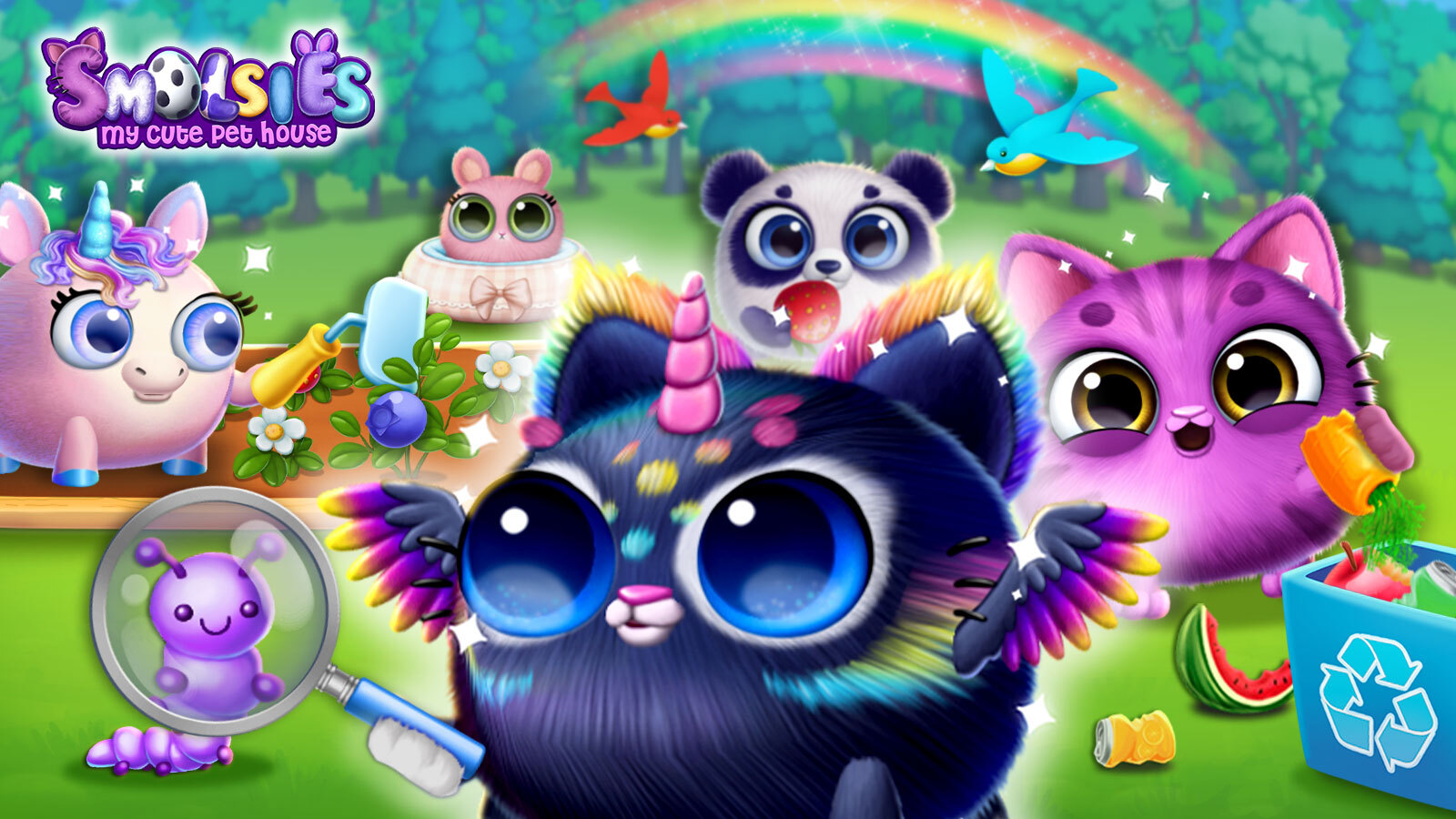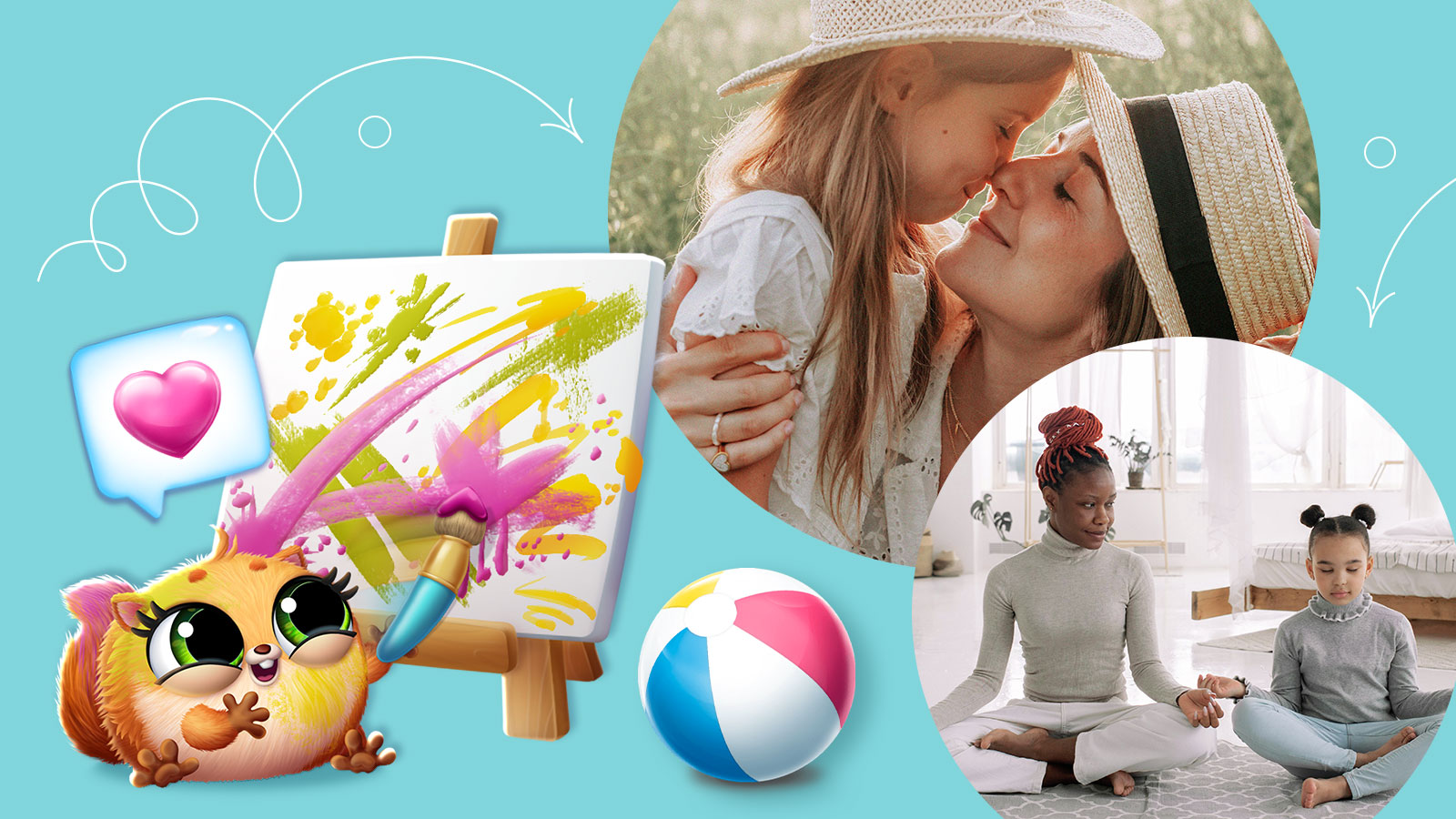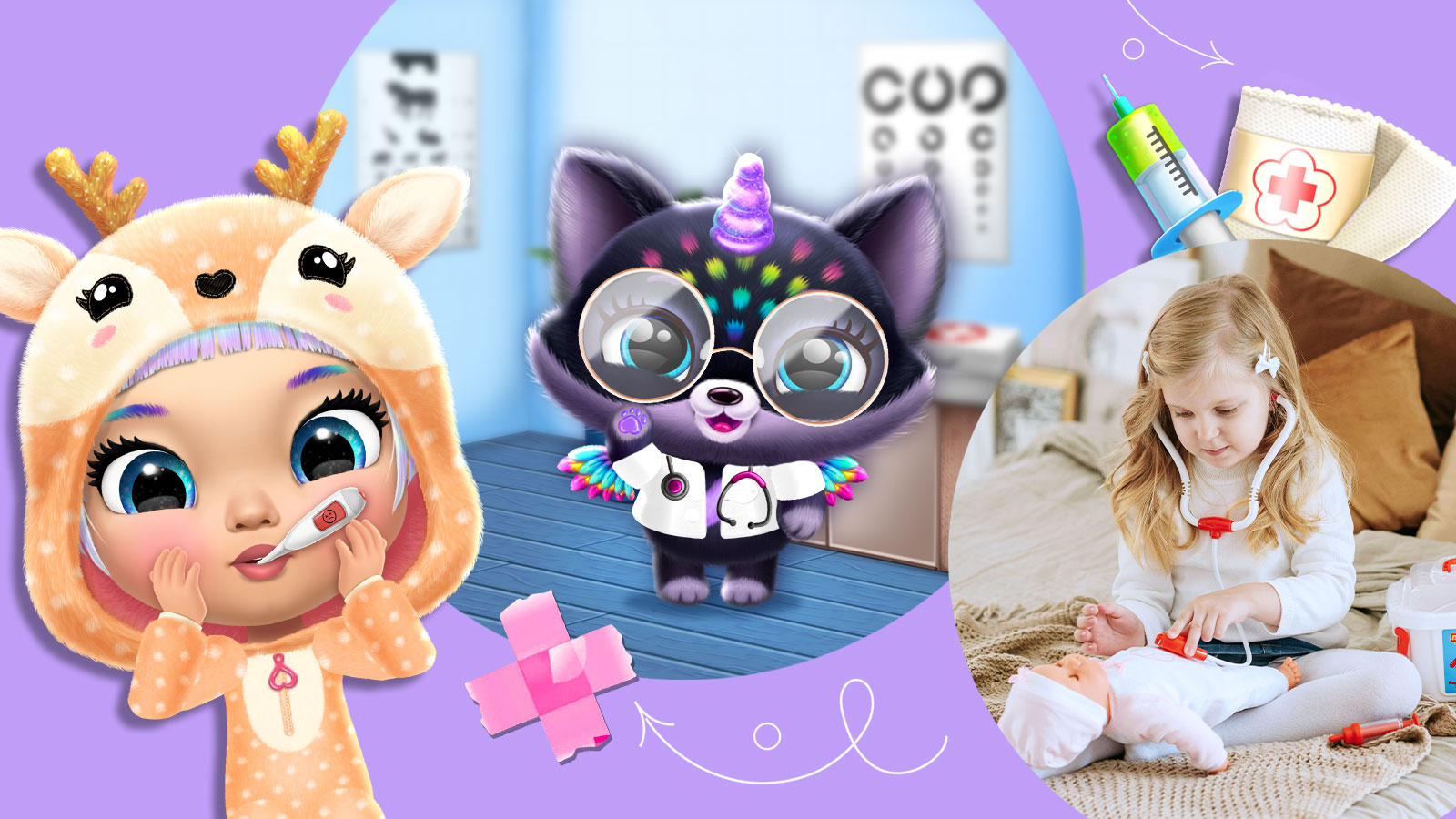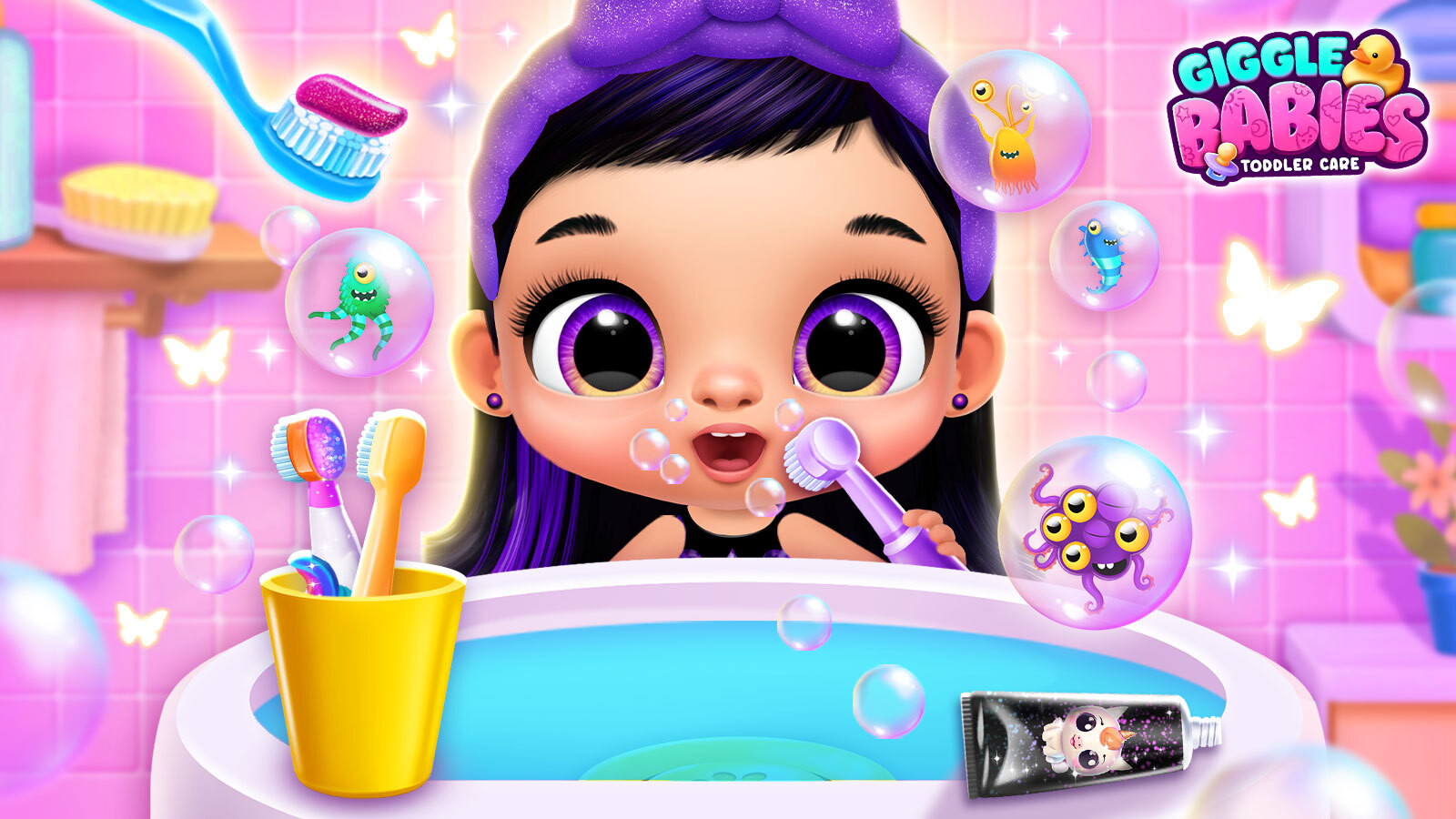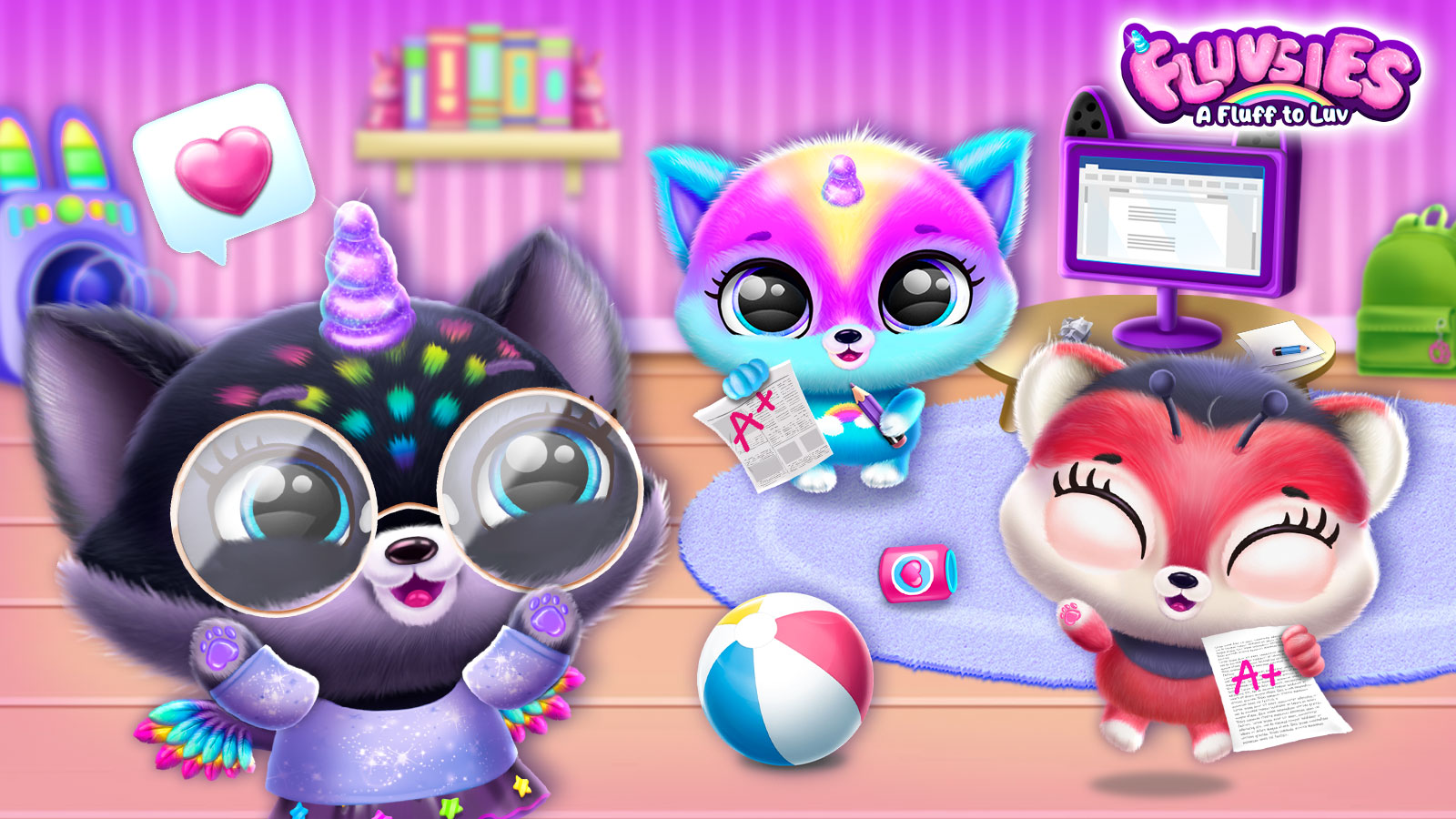Taking care of household chores not only keeps your home clean but also helps kids develop essential skills for the future. Teaching children to participate in these tasks from a young age builds their responsibility, mastery, and a sense of contribution. Of course, we know that making this learning process enjoyable can be a challenge. That's why we've got your back with some practical tips!
Start early
Even the little ones, as young as 2 or 3, can get involved in simple tasks like picking up toys, putting clothes in the hamper, or dusting with a soft cloth. As they grow, they can gradually take on more responsibilities, such as making their bed or watering plants. By the time they're around 6 or 7, they can lend a helping hand with more complex chores – folding laundry, sweeping the floor, or helping out with the dishes. Just keep in mind that the main goal for kids is to learn to follow directions and complete their tasks.
Lead by example
Show them how it's done by setting an example. Take some time to explain what you're doing, demonstrate the process, and offer to try together. Eventually, it will become a skill they can handle on their own.
Keep it small
Cleaning up can be overwhelming, so start with tasks that are both achievable and manageable. This way, children will feel a sense of accomplishment and stay motivated to keep going.
Give specific tasks
When asking your child to do something, try breaking it down into specific tasks. For example, you could say, "Could you please put your green car back on the shelf?". Once they've done that, you can ask them to put away another toy.
Offer them options
Let your little ones have a few choices. Ask them, "Do you want to pick up the blocks or the clothes?" This gives them a sense of ownership, and it can do wonders.
Stick to a routine
It's great to have a routine to help your child build good habits. One example is teaching them to clean up the table after meals. You can even make Sundays official tidying days. Agree to tidy up first before diving into fun activities, like going on a trip or watching a movie.
Establish a place for everything
Having a special place for all your things at home is a smart move. Help your child by showing them exactly where their toys, shoes, and toothbrush should go. By keeping things consistent, you'll inspire them to stay organized.
Explain the "why"
Whether you're a kid or a grown-up, it's always easier to find motivation when you understand the reason behind what you're doing. Let your little ones know that having a clean home brings us joy and also means more time for play together if they help you with tidying up.
Acknowledge their efforts
Whenever your child tidies up their toys, give them specific praise, like "Awesome job putting those blocks back on the shelf!" Offer guidance and acknowledge their efforts instead of focusing on mistakes. This will boost their confidence and willingness to help out.
Gamify cleaning tasks
Make housekeeping tasks exciting by turning them into a fun game. The more fun kids have, the more they'll enjoy cleaning. It's an easy way to add excitement to the tasks and make cleaning more enjoyable.
Here are 5 ideas on how you can do it:
Set a timer: Turn cleaning into a friendly competition. Let's see who can clean up the fastest or put away the most toys in just 60 seconds!
Race: Make folding laundry exciting by turning it into a race. Challenge your little ones to fold their clothes quickly while having fun.
Capture before & after: Take pictures of their messy room before they start cleaning, and then take some more after they're done. They'll love seeing the transformation!
Use music: Have a cleaning dance party. Put on the kids' favorite music and let them groove while cleaning.
Gamify kitchen experience: Choose a chef's hat and child-friendly cooking tools and invite kids to join you in the kitchen.
Learn through play with printables: Check out our fun clothes-sorting activity! It will help kids understand which clothes go in the closet and which ones head for the washing machine. Simply click the link below to download.
We hope our tips can help you make housekeeping chores a fun and interactive part of your daily life with kids. Just remember, it might take some patience and teamwork, but by teaching these skills, you're not only helping them develop valuable abilities but also nurturing their amazing qualities!
Download Printables!
